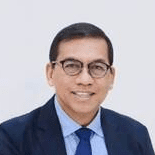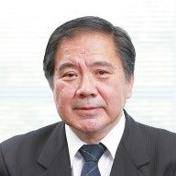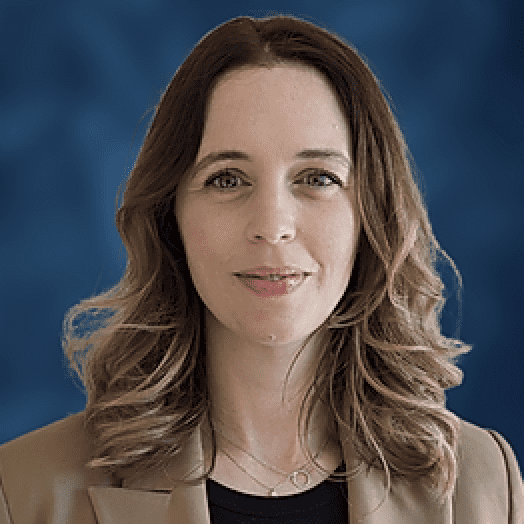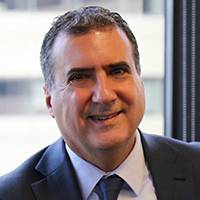Plenary: Richter Resilience: Advancing Seismic Protection Worldwide
The session highlighted the importance of understanding the built environment’s impact on safety, the need for effective communication and public engagement to ensure that people not only understand the risks but also take appropriate actions when necessary was highlighted, as well as the significance of learning from past experiences. As countries like Japan and the Philippines continue to develop and implement strategies for disaster resilience, the lessons learned from their experiences can serve as a guide for other nations facing similar challenges. The emphasis on collaboration, capacity building, and community involvement is crucial for fostering a safer and more prepared society in the face of natural disasters. The panel discussion provided insights into the complexities of disaster management, particularly in the context of seismic risks. The discussions centered on the challenges and strategies related to earthquake preparedness, risk assessment, and the importance of community engagement in disaster management. While Japan has robust infrastructure and information systems, the challenge lies in ensuring that all segments of the population are prepared and can respond effectively during emergencies. With Japan’s aging population where 30% of the population is over 65, this demographic is particularly vulnerable during disasters, as older adults may struggle to utilize advanced information systems designed for disaster management. The need for better communication and education regarding disaster risks, ensuring that people not only understand the risks but also take appropriate actions when necessary was highlighted. Continuous education and engagement with the public is a critical factor in overcoming these challenges. Dr. Solidum discussed the Philippines’ efforts to enhance seismic resilience, particularly in Manila. The country is working on a seismic risk reduction and resilience project in collaboration with the World Bank. He emphasized the importance of capacity building at the country level, as having the necessary skills and knowledge is crucial for effective disaster management. The Philippines is also pioneering tools for risk assessment, which can serve as good practices for other nations facing similar challenges. Dr. Crowley introduces the Global Earthquake Model (GEM), a nonprofit foundation focused on developing transparent tools and methods for earthquake hazard and risk assessment. GEM aims to enhance global collaboration in earthquake modeling and emphasizes the importance of capacity building through training and open-source software. GEM seeks to provide resources that can help countries improve their disaster preparedness and resilience. The panelists stressed the importance of effective communication regarding building safety and disaster preparedness and the importance of understanding how modifications in the built environment can influence future disaster resilience. Dr. Crowley suggests that individuals should be as concerned about the safety of their homes as they are about the safety of their vehicles. This shift in mindset is crucial for fostering a culture of safety and preparedness within communities. The importance of building partnerships and fostering a culture of safety and preparedness is emphasized as essential for enhancing resilience against future disasters.
“We need individuals to be demanding and to really be worrying about the safety of the houses that they live in, in much the same way as we worry about the cars that we drive, we care when we buy a car that it’s safe, we think about the safety of our children.” Dr. Helen Crowley, Global Earthquake Model “And I think that most of us, when we go through an experience like that (January 2023 Turkyie earthquake), we start thinking what we could have done in the past that had minimized or mitigate the effect of a natural disaster, the effect of an earthquake.” Humberto Lopez, Country Director Turkyie, World Bank




